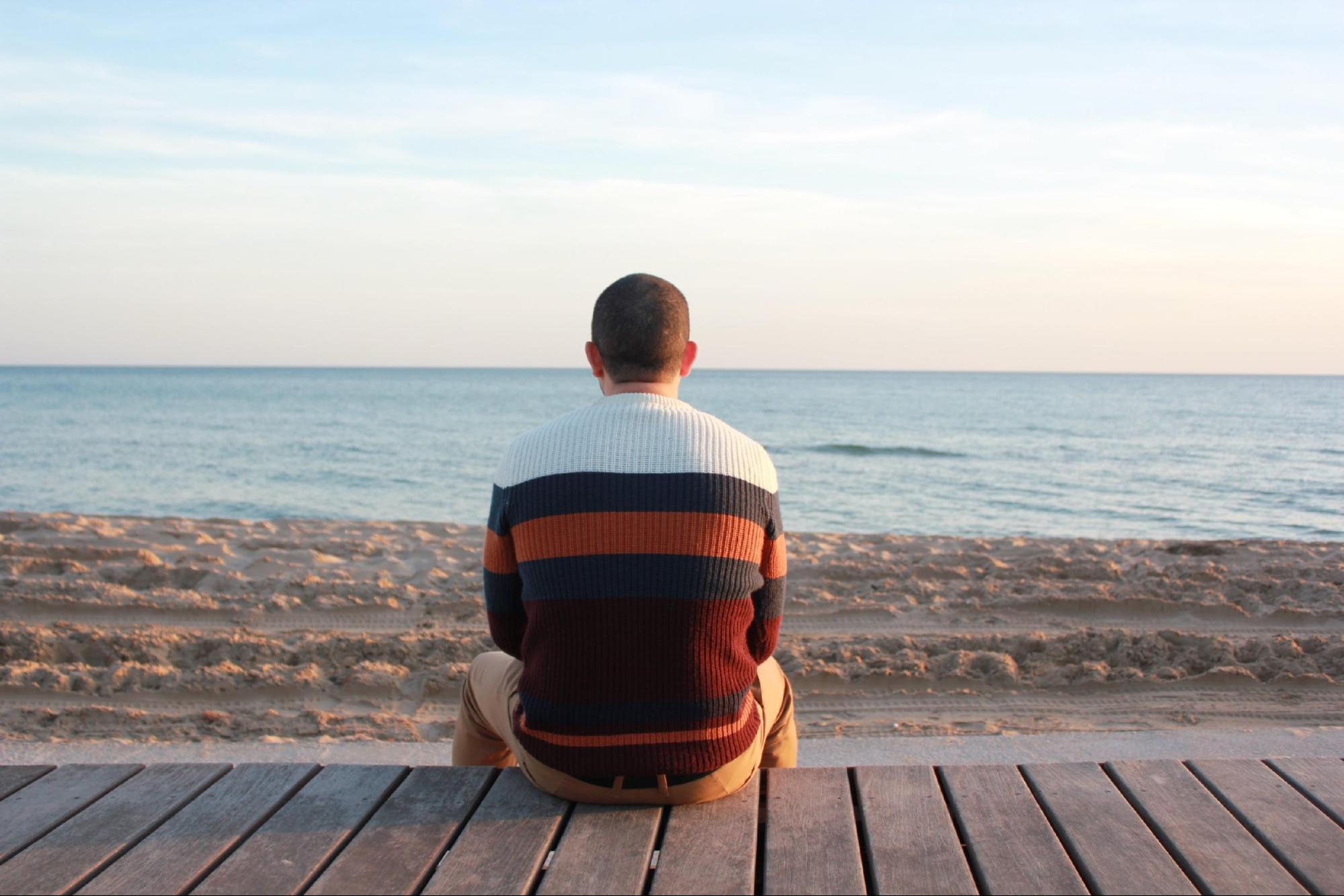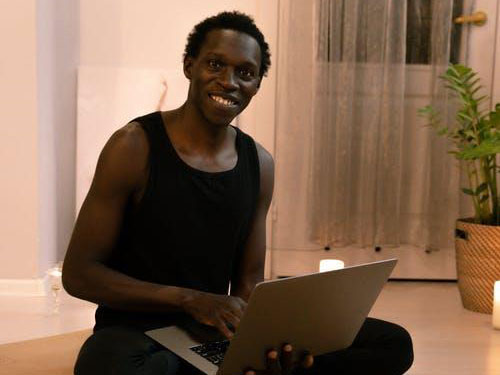Physical Activity
Your PASC symptoms may make it hard to be physically active. You may worry that physical activity and exercise will make you feel worse. These are valid concerns, but physical activity can have many health benefits, both physically and emotionally.
In the long-run, benefits of regular physical activity include:
- Better sleep
- Less pain and fatigue
- A better ability to think clearly and remember things
- Better balance and mobility
- Better mood
For Those Experiencing Severe Fatigue: If fatigue is one of your main PASC symptoms, then physical activity may be difficult for you even if you were physically active before getting sick. If this is the case, then something known as “pacing” will be an important self-care technique for your symptoms. Pacing is also known as “living within your energy envelope”. To learn more about pacing, visit PASC Guide Pacing.










